LGBT Comics 101: A Primer on Queer Comic History
Same-sex attraction and gender fluidity has existed throughout human history, so it should come as no surprise that the history of LGBT comics is a lengthy one, dating back to the very first comic books. But the history hasn’t always been a happy one. From Batman and Robin being considered homosexual influences on children in the 1950s to Batwoman becoming one of the most popular lesbian superheroines in the early 2000s, comic books have come a long way in their representation of gay characters.
Gay Panic in the Golden Age
“Only someone ignorant of the fundamentals of psychiatry can fail to realize the atmosphere of homo-eroticism which pervades the adventures. The Batman story may stimulate children to homosexual fantasies.” – Dr. Frederick Wetham, 1954
In the late 1940s, Dr. Frederick Wertham advocated for comic book publishers to police themselves, accusing them of creating content of senseless violence and sexual deviance. His book “Seduction of the Innocent”, blamed acts of violence and mayhem by youths on the prevalence of comic books and whipped conventional America into an uproar. This led to the Comics Code Authority, a system put in place to limit the type of undesirable content in comic books. This included anything that failed to “emphasize the value of the home and sanctity of marriage”, essentially barring openly gay characters from appearing in comics.
Hiding within the panels – coded homosexuality in mainstream comics
“All my life I’ve had to conceal…now I admit it is a pleasure to practice openly without fear of being discovered!” – Jean Grey, X-Men #1 1963
From this point on, queer storylines were forced to be coded, with writers creating alternate stories to mirror and reflect gay struggles without explicitly identifying them. Gay characters too would be forced to be hidden, with writers attempting to reveal to the audience through subtle cues and dialogue lines, the secret (sexual) identity of their characters.
In the 1960s, X-Men first appeared, and many saw the correlation between mutants seeking to hide their birthright or be deemed freaks, and that of the gay rights movement. Unable to explicitly have characters that were openly gay, X-Men storylines dealt with general intolerance, hatred and bigotry that mirrored the issues that many LGBT-identified people experience. Using the tropes inherent in the superhero genre, characters could even switch genders, letting writers explore some of the identity issues that face transgendered people without violating the Comics Code.
Heroes were still not allowed to be openly gay, and the word itself wasn’t even seen in the pages of a DC or Marvel comic book until 1983.
Villains were not off-limits, and at the same time as X-Men was preaching tolerance and equality, Hulk was facing gay rapists in the YMCA showers and Spider-Man was being sexually harassed by a male student. For decades after the superhero genre first appeared in 1939, the only representations of gay characters in mainstream comics were sexual predators.
Bursting out of the panels – Tijuana bibles, Underground Comix, and the Independent scene
“We didn’t have anybody standing over us saying ‘No, you can’t draw this’ or ‘You can’t show that’. We could do whatever we wanted.” – R. Crumb
The limits of the Comics Code Authority and declining price in printing comics led to the underground and independent comics boom in the early 1970s. But underground comics had existed since long before the modern superhero comic book were invented. Sexually explicit mini-comics, often called Tijuana bibles, were circulated for decades and featured well-known characters, including cartoons such as Mickey Mouse and celebrities like Mae West. Many of these cartoons featured characters reinterpreted as being gay.
In the 1960s, underground comix became popular, often available for sale in local ‘head shops’. These comics, unrestrained by the Comics Code Authority, reveled in the unconventional exploration of forbidden topics including gay sexuality. At the same time gay magazines such as The Advocate were featuring their own version of the comic book newspaper strip.
In addition to the sexually explicit underground comics, there was a move in the 1970s towards the inclusion of gay characters in small-press and independent comics. The rise of independent comics and the validation of the graphic novel as a legitimate medium, has led to a surge of LGBT themed stories since then, dealing with historical and autobiographical topics in addition to more fantastic fare.
Entering the Mainstream: Gay characters come out – slowly
In 1976, the first gay character in the newspaper comic strip appeared, with Doonesbury’s Andy Lippincott, but he would remain an anomaly for many years.
Beginning in 1987 with the appearance of the flamboyant gay superhero Extrano, the introduction of Maggie Sawyer a lesbian LAPD detective in the Batman comics, and Green Arrow breaking up a gay-bashing, DC was the first publisher to have significant story arcs featuring openly gay characters.
In 1988, the first “Gays in Comics” panel was held at San Diego’s Comic-con, which has been repeated every year since, and the first Gay Sci-fi convention was held in Provincetown.
Bowing to the changing times, the Comics Code Authority reacted by changing their mandate substantially, now creators would be required to show “sensitivity to sexual orientations”.
But it wasn’t until 1992 that Marvel made their own strides, with long-time coded superhero Northstar coming out of the closet with a fury, proclaiming “I am gay!” while in the midst of battle.
The representation of LGBT characters in both publishers continued to increase over the next decade, though they were usually confined to minor characters. Even characters that were considered bigger draws weren’t allowed to overtly express their sexuality. Northstar, though now out of the closet, wouldn’t be allowed a relationship until 2009.
Creators too were beginning to feel more comfortable revealing their sexuality, with artist Phil Jimenez coming out in the letters pages of a DC comic in 1997. 1997 was also the birth of the first Gay comic message board, called “GayOLeague”, still in existence and led by the same members today. Predominantly female groups that focused on re-imagining popular characters as gay began to pop up on the internet as well. These ‘slash’ communities had existed in zines since the 1970s, but their increased presence online led some comic writers to consider catering to this specific audience, as Japanese manga comics had already begun doing. Writers such as Marjorie Liu, who helped to define the villain Daken in the pages of X-Men as a sexually ambiguous bad-boy.
This was not always met with favour from the comic community, when Peter David made the relationship between the characters Rictor and Shatterstar clear in the pages of X-Factor in 2009 after decades of speculation, the original creator Rob Liefeld replied with “Shatterstar is not gay. Sorry. Can’t wait to undo this… Shatterstar is akin to Maximus in Gladiator. He’s a warrior, a Spartan, and not a gay one”.
Today, gay representation continues to be high in the independent book market, with dozens of comics coming out each year to critical acclaim. Superhero comics, still the biggest-selling genre of comic books, are featuring prominent LGBT characters more than ever. But the struggle for representation continues, with no LGBT identified characters to date in any of the Marvel/DC movie/tv universes, and few characters headlining their own team books or series.
With Worldpride happening this week, and an increase of attention paid to the roles of comic books in defining and reflecting popular culture, will we see a prominent gay character headlining a series at Marvel or DC? Will comic-canon queer characters such as Victoria Hand and Loki be allowed to present their sexuality in the movie/TV universes? While both major studios have been reluctant to take this next step, it is surely only a matter of time before one of them finally does.

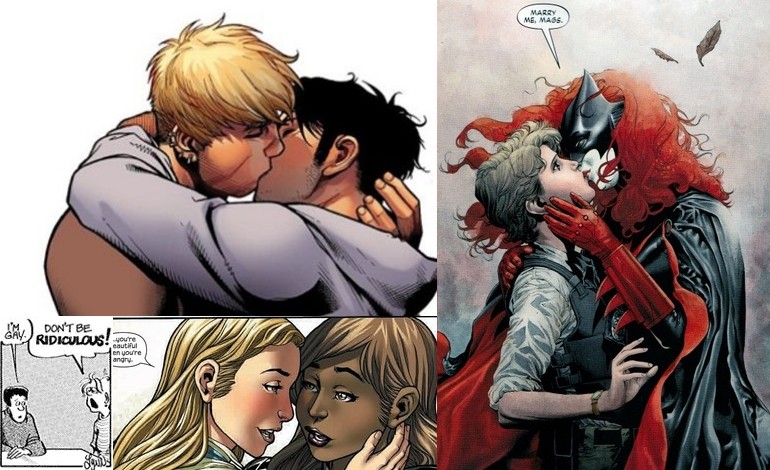
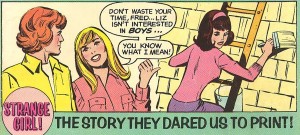


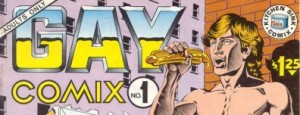
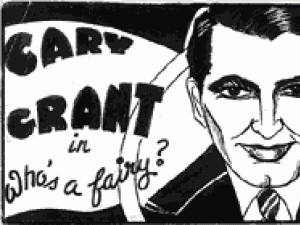
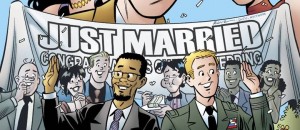


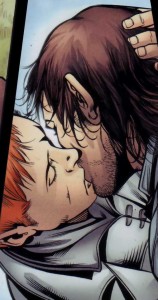

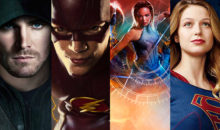
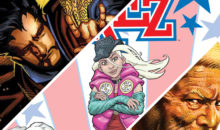

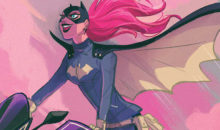

Is the second panel from the Spider-man: Tips on preventing sexual abuse special?
Yes it is!